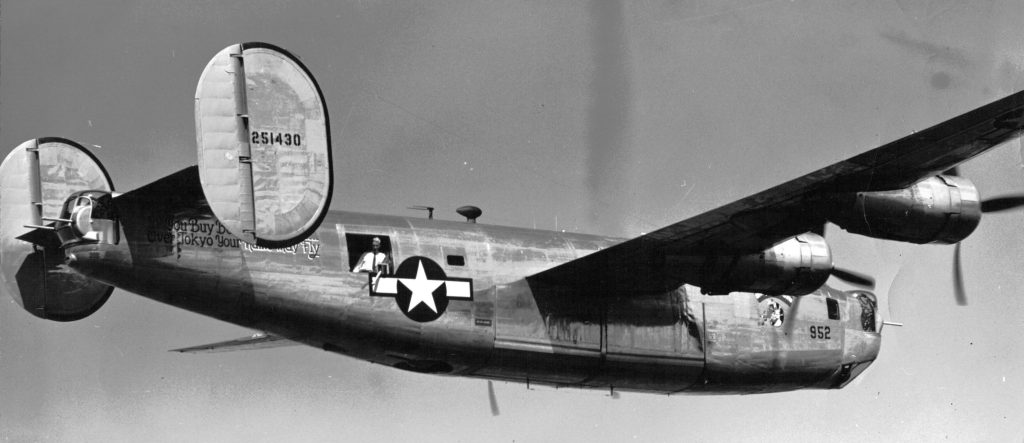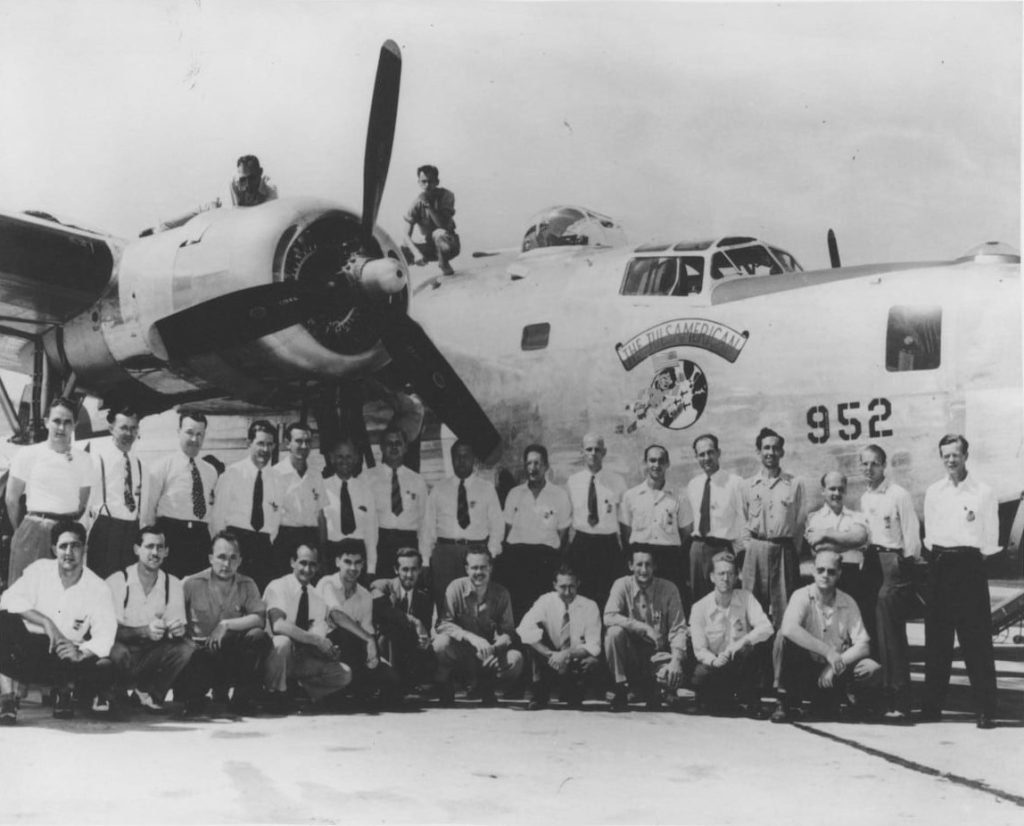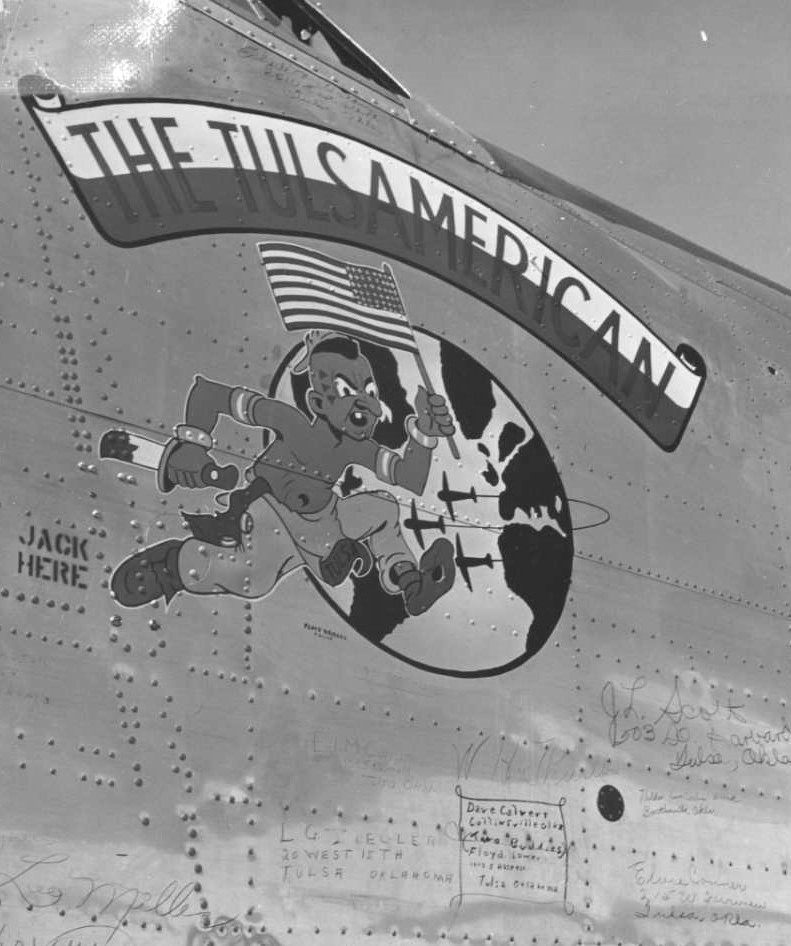
It was early afternoon on a typically warm summer’s day, with a light sea breeze ruffling the turquoise crystal of the Adriatic. Tied up to the dock at the small village of Rukavac, on the island of Vis, Croatia, the dive boat rocked gently. The three technical divers, stripped of their dry suits and multiple thermal layers, rested in the shade, whilst a couple of my fellow recreational divers headed to the café which overlooked the small harbour. Having eaten the lunch I had brought with me, I was feeling contentedly drowsy. We had spent the morning diving on the steamship Brioni; a team of four of us floating across the top of the 70 metre long vessel at our depth limit of 40 metres, whilst the ‘techies’ descended further to explore inside the wreck.
After sufficient time had elapsed to allow us to dive again, the ropes were cast off, and the owner of the operation, Andi, eased the boat from Rukavac’s dock. It would take us about 15 minutes to reach our second dive spot: a World War Two B-24 Liberator bomber resting on the sea bed 40-52 metres down. The ‘Tulsamerican’.
In the summer of 1944, the last of over 950 B-24 Liberator bombers, serial number 42-51430, was completed at the Douglas Plant in Tulsa, Oaklahoma. The workers at the factory had contributed to the cost of the aircraft through buying war bonds, and the airframe carried their signatures.

At each crew position within the aircraft, a scroll had been left which read:
‘To combat crew members of this Liberator bomber! This war plane is the last of hundreds of its type assembled by employees of the Douglas Aircraft Company Inc. at its Tulsa, Oklahoma plant. Henceforth these employees will turn their efforts to the production of an important tactical bomber of new design. In sending this last B-24 bomber to combat, employees who helped build it, who’s names are signed hereon, also so fit to buy it through the purchase of war bonds. Let this weapon help bring sooner the peace for which we so earnestly work and pray.‘1
The Douglas workers also completed the B-24’s nose art.

The Tulsamerican was sent to Italy to fly with the 765th Bomb Squadron, 461st Bomb Group, 15th Air Force, based at Torretta Airfield. Torretta was part of the extensive complex of airfields which surrounded the town of Foggia, located 125km north-west of the Adriatic coastal city of Bari.
On 17th December, 1944, the ten man crew of the Tulsamerican took off from Torretta to bomb the oil refinery at Odertal, near the Polish/German border. On board were Lieutenant Eugene Ford, Pilot; Lieutenant Russell Landry, Navigator; Staff Sergeant Charles Priest, Flight Engineer; Lieutenant Val Miller, Bombardier; Staff Sergeant John Toney; Lieutenant Vince Eckland; Staff Sergeant Walter Maclemore; Staff Sergeant Edward Steelandt; Seaman 1st Class Casmir Walenga, Armed Guard; Staff Sergeant James Hazel.*
In 2018, the now 94 year old Val Miller was interviewed for a NOVA documentary about the fate of the Tulsamerican and her crew. Lt. Miller has a kindly face, and is wearing a sky blue shirt and braces for the interview. He recounted that fateful day in 1944.
‘We sent every plane that we could fly. It was a large, large bunch of planes. From not only where we were, but from other divisions in the area.
‘We were told we would not have any fighter protection. We had to go through very thick clouds, and suddenly we were attacked by a whole bunch of German fighter planes. There was no conversation but there was a lot of activity. People were manning their guns. We shot down two or three of them, but they kept attacking and attacking.’
In an interview with the The Oaklahoman newspaper in 2014, Val Miller stated: ‘I guess they figured we were already severely damaged, or they were out of fuel or something. I don’t know.’2
After sustaining damage to one of the four engines, a fuel tank and the aircraft’s hydraulics, 21 year old pilot Lt. Ford decided to turn back. At this point, he would have to nurse Tulsamerican over three hours home to Italy. Lt. Miller, then 22 years of age, dumped the B-24’s bombload.
‘Pilot didn’t want to bail out. He knew if we did we would be taken captive by the Germans, and more than likely, they would kill us.
‘We decided we’d try for that little island of Vis. It’s a small landing area, but it’s a place where we had had planes fly down to land there before.
We already had one engine shot out. I guess probably we were about 200 feet off the water.3
At this point in the NOVA interview, Val Miller half smiles, and there is a twinkle in his eyes. ‘It looked like we were going to make it.’
As we were chugging along trying to get to that little landing strip, two more engines quit. The only warning we had was the pilot said ‘we’re going in’.3
Lt. Miller believes he was knocked out during the impact, and regained consciousness when water flooded the cockpit. After escaping the mangled wreckage of the aircraft, he inflated his life vest and floated to the surface. A broken leg made swimming towards land impossible, so all he could do was float helplessly in the freezing water of the Adriatic. (To give some idea, data available online put the December average temperature of the Adriatic at Split, 64km/40 miles NNW of Vis, at 16-17 degrees Celsius/61-63 Fahrenheit.)
Val Miller believed he floated on the surface of the Adriatic for hours. ‘There wasn’t much I could do except pray, I was doing a lot of praying.’3
‘I didn’t remember seeing anything around me. As I was just floating there, suddenly there’s a little boat…that came up by me. I have no idea who they were to this day.’2
It was two local men who pulled Lt. Miller from the water on that winter’s day in 1944, and took him to Vis where his leg was treated by a British doctor. Considering his experiences, he had been very lucky to survive the last flight of the Tulsamerican. It was during his time on the island that he found out that Eugene Ford, Charles Priest and Russell Landry had not been so fortunate, and were missing, presumed dead.
The wreck of the Tulsamerican remained undisturbed on the bottom of the Adriatic for the next 66 years, until it was discovered by Croatian divers in 2010.
We motored towards the dive site, passing low scrubby islands of sun bleached limestone which reminded me of Australia’s north-west coast. As we neared the our destination, Andi gave us a briefing whilst his business partner Aniska took the helm. He explained that a buoy line anchored to the sea floor was located roughly half-way between the two parts of the wreck; the wing and nose at one site, and the tail and rear fuselage around 100m away at the other. Depth would restrict us recreational divers to visiting the wing and fuselage section only. Andi told us we would descend at an angle away from the buoy line, taking the most direct route to the Tulsamerican.
We watched as the tech divers donned their thermals and dry suits, then slipped on their harnesses. Looking like astronauts in their complex tangle of gear, they staggered to the edge of the catamaran and plunged into the water. Then it was our turn, and soon we were bobbing on the surface next to the buoy line. Although I was excited about diving on the Tulsamerican, the feeling was tempered by the fact that we were visiting a war grave, where three young aviators had lost their lives. Andi checked we were all ok, then give us the ‘thumbs down’ signal to begin out descent.
The water temperature was a comfortable 21 degrees Celsius (70 degrees Fahrenheit) on the surface, but dropped quickly as we sank into the deep blue. Following Andi, we could soon make out the form of the Tulsamerican. Although battered by German fighters all those years ago, and again when it hit the water, the aircraft was still an awesome sight. Standing out on the wreck was the starboard landing gear, lowered in preparation for the landing at Vis airstrip that was never to be.
Seeing the state of the aircraft, it seemed remarkable that anyone had survived the crash at all. We could see the wing and four Pratt and Whitney Twin Wasp engines, but nothing aft of the trailing edge. What had once been the forward fuselage, the cockpit and the nose was a tangle of twisted metal.
When the aircraft hit the water, Val Miller was ‘right behind the pilot. I could have reached out and touched him with my hand‘.2 The fact that he lived through the ordeal, whilst the other three crewmen within arm’s reach in the cockpit did not, was miraculous.
Andi guided us towards the front of the wreck, and pointed out one of the Tulsamerican’s control wheels. Perhaps this was the wheel that Lt Ford clung to as he wrestled the crippled Liberator in its final moments of flight.
Passing over the top of one of the engines, I found a moray eel that had taken up residence in the unit’s exhaust pipe. Viewed from behind the trailing edge, schools of fish framed the Tulsamerican.
Atop the extended landing gear, the tyre tread could still be seen beneath the layers of marine growth.
We left the Tulsamerican where it had lain for nearly 80 years, and followed Andi back towards the buoy line. A large object, clearly not a natural part of the sea bed, soon came into view. Getting closer, I recognised it as a turret. Having presumably broken off the aircraft’s nose on impact, it sat upright on the sand, it’s twin 50 calibre machine guns still in place.
Our time visiting the Tulsamerican had gone in a flash, and after reaching the buoy line, we completed our safety stop hanging in the water column. Back on deck, we took off our wetsuits and stood out in the sun to warm up.
Talking with Andi, it was clear he had a keen interest in Vis’ aviation history. He told me that over his years of diving, he had found more than 10 Liberators, as well as other WWII aircraft wrecks, in the waters off Vis. He said that in each case, the arrangement of the wreckage always looked the same, as if they were copies of one another. It seems as though the Liberator, unlike the other main US WWII heavy bomber the B-17 Flying Fortress, would consistently and uniformly break apart upon impact with the water.
In 2017, the United States POW/MIA Accounting Agency, created to locate and return the remains of US servicemen missing overseas during WWII, visited the Tulsamerican. In a combined effort with the Croatian Navy, and a team of technical divers and underwater archaeologists, human remains were discovered near the aircrafts shattered nose.

Analysis of the remains, along with a gold wedding ring, determined that Pilot Eugene Ford had been found. Lt. Ford was subsequently laid to rest at Arlington Cemetery, Virginia, in 2018.
Lieutenant Eugene Ford, 1944. Photo sourced from General Aviation News
Despite the best efforts of the multi-agency operation, the other two airmen lost on December 17th, 1944, Lieutenant Russell Landry and Staff Sergeant Charles Priest, remain missing.
After untying from the buoy above the Tulsamerican, we skimmed across the blue of the Adriatic on our way back to the dive centre.
We passed other dive boats, yachts, and pleasure craft all packed with holidaymakers. As visitors to the island, we are lucky to enjoy its peaceful beauty. I thought about the crew of the Tulsamerican, who came to Vis on that winter’s day in 1944, and two of whom remain beneath the Island’s waters.
Lest We Forget.
*At the time of writing, I am still trying to identify the specific crew positions of five of the airmen. Special thanks to Lance Kuhn for providing the full crew list from the Tulsamerican’s final flight.
1Boeing Images, ‘Scroll Delivered with the Last B-24 Assembled at Douglas-Tulsa, the Tulsamerican‘
2NOVA, 2018, ‘Last B-24‘, Season 45, Episode 15
3Allen, S., 2014, ‘Oaklahoma City veteran remembers plance crash 70 years ago‘, The Oaklahoman
American Air Museum in Britain, 2020, ‘Torretta Airfield‘
461st Bombardment Group (H), ‘765th Nose Art’
General Aviation News, 2018, ‘New documentary chronicles discovery of missing B-24‘
Klein, J. 2017, ‘The Tulsamerican may soon have a homecoming‘, Associated Press
The National WWII Museum, New Orleans, 2018, ‘NOVA Dives Into the Story of the Tulsamerican‘
Tribune-Review, 2018, ‘Long-lost WWII pilot from Derry finally buried in Arlington National Cemetery’
YellowAirplane.com, ‘The Last B-24 Liberator Ever Made in the Tulsa Oaklahoma Plant, the Tulsamerican’
If you have visited Vis Island, and explored some of the WWII and Cold War history, I’d love to hear from you in the comments section below.
If you enjoyed this post, you may also like Diving the Ghosts of Corsica Part I, Diving the Ghosts of Corsica Part II
Leave a Reply